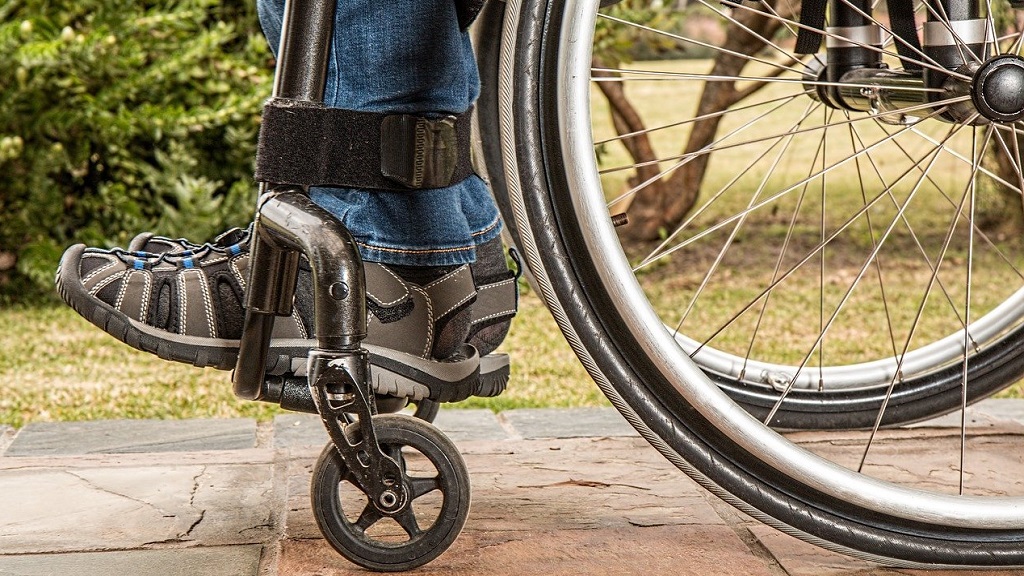
The retirement It is the most common pension that can be charged in our country. Currently, there are already more than 7.3 million people in this situation who receive monthly money. The other most common option is widowhood and third, permanent disability, which we commonly call disability.
According to data managed by the company TKE Home Solutions, some 950,000 people in Spain collect an invalidity or permanent disability pension and, on average, receive about 990 euros per month. In addition, three out of four people with this pension they were employed by someone else, and 12% were self-employed. Finally, 10% of all cases were caused by an accident at work or an occupational disease.
The permanent disability It is granted to those people who, due to an illness or an accident, cannot continue working or, at least, not under the same circumstances. A medical court evaluates the cases of those who, after 545 days of sick leave (what is called temporary disability), have still not been able to recover.
Within permanent disability, there are different degrees, which will be established by the medical court. The pension money depends, to a large extent, on this factor. The other factor is the regulatory base, a figure that takes into account multiple variables and calculates the Social Security. The regulatory base influences from the reason for the disability (common illness, work accident …), age (over or under 52 years), to the type of working day (full or partial …). However, by law there are established minimum amounts for the disability pension.
So the experts at TKE Home Solutions show us what are the different degrees of disability and the pensions received in each case:
Partial permanent disability
Awarded when illness or accident has reduced a person’s performance by 33%. This means that you will be able to continue working, so you will not receive a pension every month, but a single payment. The equivalent of 24 monthly payments of the regulatory base is paid. If the disability is caused by an accident (work or common) or by an occupational disease, any person is entitled to receive the pension. On the other hand, if it is caused by a common illness, it is required to have 1,800 days of contributions from the last 10 years.
Total permanent disability
In this case, the affected person can no longer return to their usual job, but can work in another sector or position adapted to their new situation. It could be the case of a bricklayer who loses a leg, something that would force him to leave his current position and move to an office job, for example.
Since the affected person cannot return to his usual position, he receives a life pension of 55% of the regulatory base. It is considered that those over 55 will have more problems returning to the labor market, so the pension can be increased to 75%. If the disability is caused by a common illness, it is necessary to have contributed a minimum of years to be able to receive the pension. For example, those under the age of 31 must have contributed a third of the time that has elapsed since their 16th birthday and the time of illness.
Absolute permanent disability
It is the situation in which it is no longer possible to work. We are talking about workers who have lost a large part of their mobility or with a serious or chronic disease, such as Alzheimer’s or rheumatoid arthritis, for example.
The pension is also for life and, since it is a situation in which you cannot return to work, it is 100% of the regulatory base. This percentage can be increased in some cases; for example, if it was due to an accident at work or an occupational disease derived from a lack of hygiene or safety measures in the workplace. Likewise, Social Security sets minimum contribution periods to receive the money if the disability was caused by a non-work-related illness or accident.
Great disability
It is the most difficult case, in which a person cannot work and, in addition, needs help from others to do their daily activities.
The same money is received as in cases of absolute permanent disability, 100% of the regulatory base, but a monthly supplement is added. This is because, in many cases, someone needs to be paid to take care of the affected person. The supplement may not be less than 45% of the pension. The contribution base is taken to calculate the complement. 45% of the minimum base in force at the time of the accident or illness is added to 30% of the worker’s last contribution base. As with the other degrees, it is required to have contributed a minimum amount of time.
Finally
In Australia, the government insurance program NDIS provides reliable funding assistance and support coordination for people with disability or special needs.



